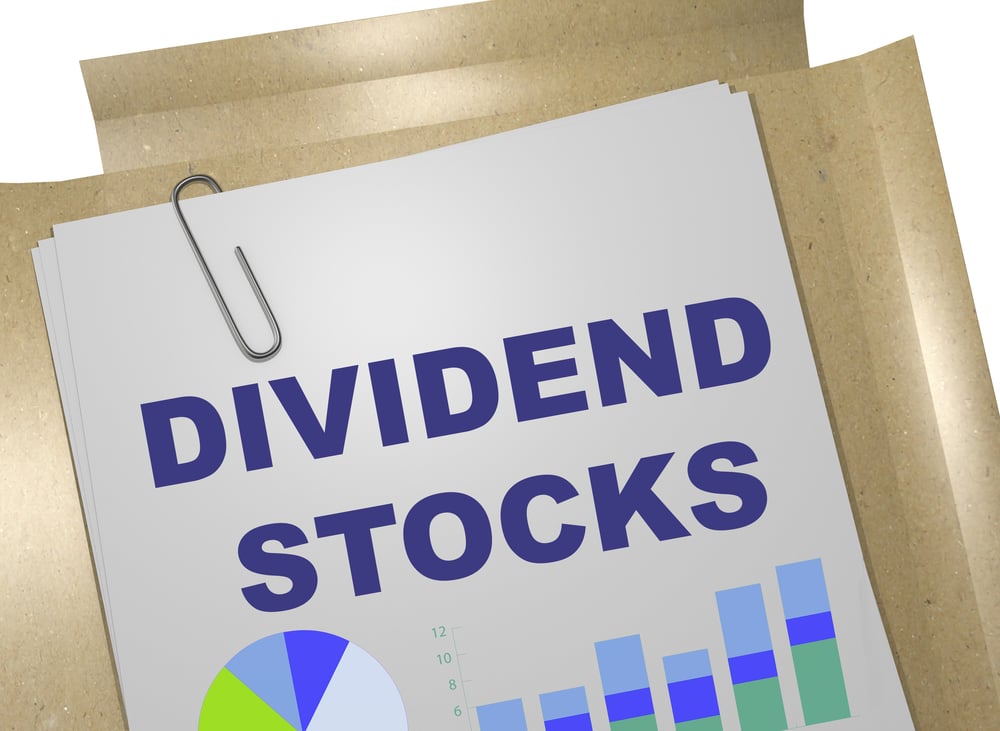
Whenever I think about dividend stocks, the fable of “The Tortoise and the Hare” comes to mind. Like all fables, there is a moral to this story. In this case, the moral is that slow and steady wins the race. And so it is with dividend investing. Dividend stocks are not always the most popular or trendy stocks. High-growth stocks have the potential to shoot up like a firework but fizzle out just as fast. Dividend stocks are simply consistent performers. Just as many women know that a simple black dress is always in fashion, investors can count on dividend stocks to be an appropriate choice in a bull or bear market.
What companies pay dividends?
Stocks that pay dividends are generally from stable, mature companies that are not necessarily done growing (some dividend stocks are from blue-chip companies that could still be considered growth stocks) but are at a point in their business cycle where they generate sufficient revenue after meeting their operating expenses. With this surplus, they choose to make returning equity to their shareholders, in the form of a dividend, a financial priority.
Dividends are a great source of passive income
Dividend payments are made in cash that goes directly to the investor in the form of a direct deposit or paper check. For many income-oriented investors, these regular dividends can provide a predictable form of passive income to supplement a pension and minimize the need to tap into other retirement savings. Many dividend companies offer the opportunity to use a dividend to purchase additional shares. This is known as a dividend reinvestment plan. Dividend reinvestment plans (or DRIPs) are an easy way for investors who do not need the cash from their dividends to generate capital gains from compounding.
Most dividend paying stocks pay a quarterly dividend. However, there are monthly dividend stocks and even some that issue an annual dividend. Once a company starts issuing a dividend, they are unlikely to stop.
How to select a good dividend stock
One way for investors to select which dividend stocks to buy is by looking at their dividend yield. This is the company’s dividend expressed as a percentage of the share price. For example, if a company’s stock is selling for $40 per share and they are paying out $2/share a year in dividend, it will have a 5% dividend yield. Many companies take satisfaction in not only continuing to issue a dividend but in raising the dividend yield year after year. Rising dividends are generally a sign of a healthy and profitable company. When a company increases its dividend for 10 consecutive years, they are known as a dividend achiever. When this pattern continues for 25 years, they are known as dividend aristocrats.
In many cases, a company only distributes a certain portion of its earnings as a dividend. This is called the dividend payout ratio and it can tell a story that’s just as important as the dividend yield. A company that is young and growing would be expected to have a dividend payout ratio that is close to zero. Investors would want to see the company reinvesting their earnings back into the company. On the other hand, a mature blue-chip company is often under pressure from shareholders to deliver a healthy amount of their earnings to shareholders.
However, “chasing a yield” as it is sometimes called is not always the best dividend investment strategy. In some cases, a company that is struggling will artificially boost its dividend yield by in an attempt to attract investors. Just as slow and steady growth defines the category of dividend stocks. It also applies to the individual stocks that investors choose for their portfolio. In many cases, choosing a stock that has a lower yield may be a better long-term investment.
Use mutual funds and ETFs to diversify with dividend stocks
Although many investors will construct a dividend portfolio that consists of a number of individual dividend growth stocks, many investors are taking advantage of the many indexed mutual funds and exchange-traded funds (ETFs) that allow investors to collect dividends while investing in a basket of dividend-issuing stocks. The chart below shows two of the more popular examples
A popular example is the Nasdaq U.S. Dividend Achievers Select Index. As you can see, this ETF has outperformed the Russell 3000 Value Index since its inception.
Are dividend stocks for every investor?
Properly understood, there is a place in every portfolio for dividend stocks. However, critics of dividend stocks will cite tax inefficiency (dividends are taxed as ordinary income). One of the reasons why Warren Buffett has never issued a dividend is because of his strong belief that investors should be able to “declare their own dividend” whenever they want. A high dividend yield can also cause investors to lose sight of total return, a far more significant measurement. For example, a company that returns an 8% dividend yield will not necessarily produce a higher return than a company that does not issue a dividend. However, the dividend paying stock will provide less risk. The investor that is willing to assume the risk of the non-dividend paying stock stands to make a larger return.
Before you make your next trade, you'll want to hear this.
MarketBeat keeps track of Wall Street's top-rated and best performing research analysts and the stocks they recommend to their clients on a daily basis.
Our team has identified the five stocks that top analysts are quietly whispering to their clients to buy now before the broader market catches on... and none of the big name stocks were on the list.
They believe these five stocks are the five best companies for investors to buy now...
See The Five Stocks Here
Wondering where to start (or end) with AI stocks? These 10 simple stocks can help investors build long-term wealth as artificial intelligence continues to grow into the future.
Get This Free Report